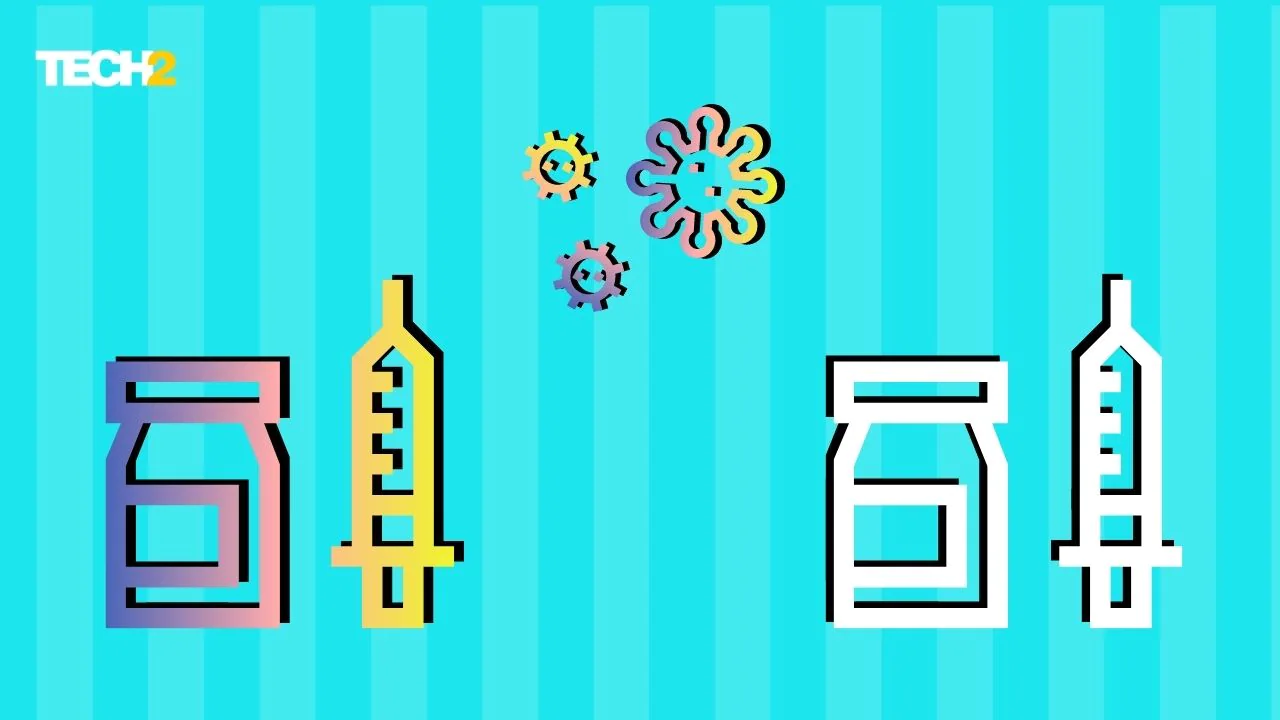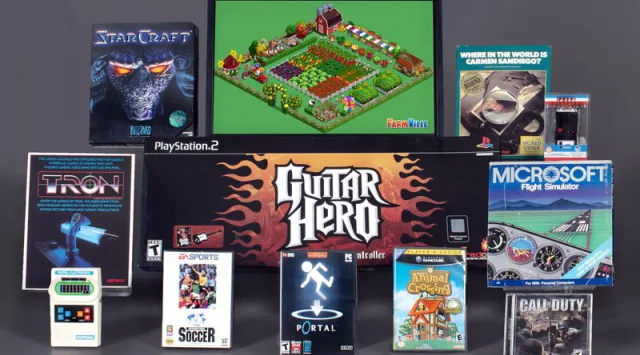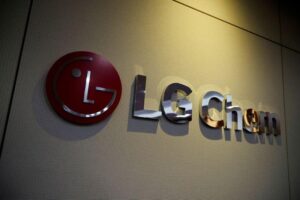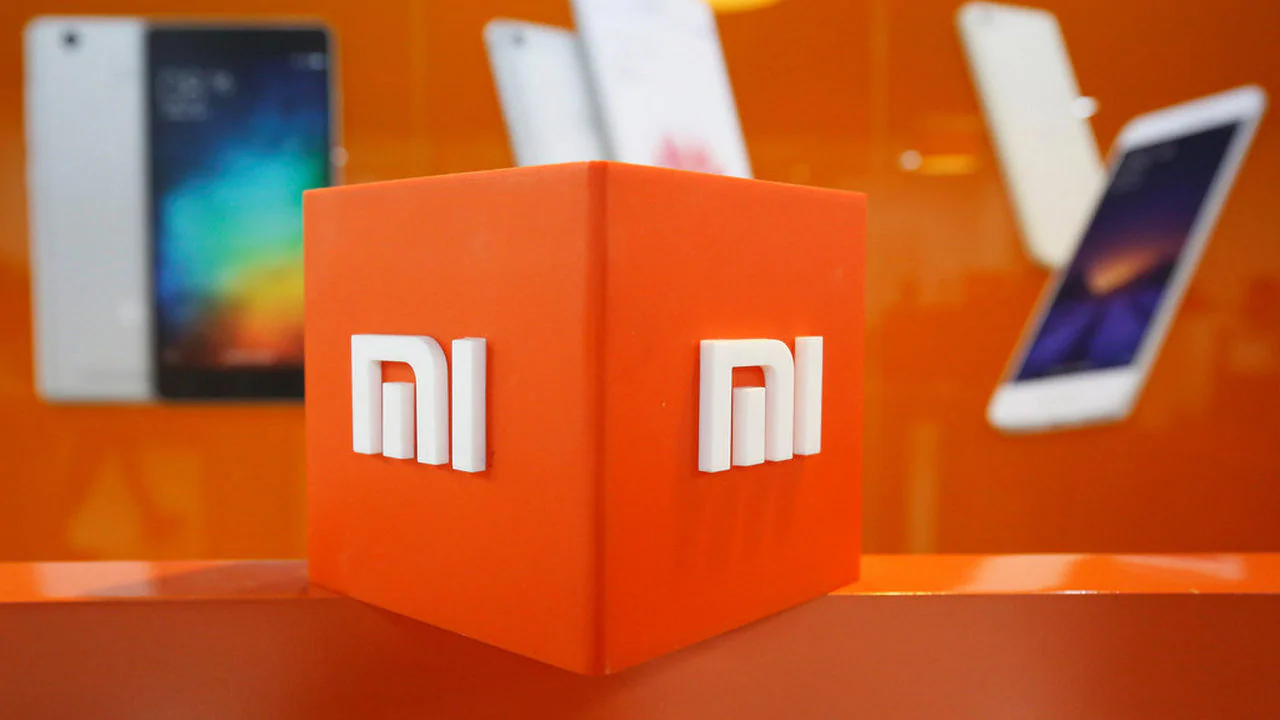Electric mobility has become one of the most promising strategies for decarbonising the global eCommerce and logistics market
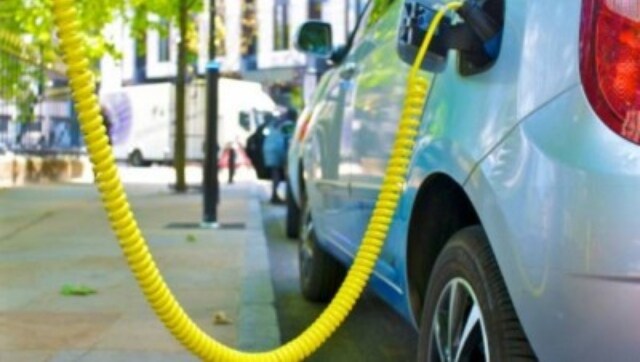
Representational photograph. Reuters
Electric mobility is labelled as the frontier of next-generation mobility. With increasing focus globally on reducing carbon footprint and sourcing clean energy, India can play a major role by switching over to EV mobility. the nation is poised to become the third-largest car market in the world within five years, requiring mobility solutions for about 40 crore customers. One of the sectors that play a critical role in this is the logistics industry which is at a critical point of inflexion with new developments being witnessed almost every day as various sectors like OEMs build vehicles for last-mile and mid-mile deliveries, making it a backbone of the eCommerce, hyperlocal, retail, FMCG and other allied verticals. The market for last-mile delivery is estimated to reach USD 200.42 Bn in 2027 at a 9.29 per cent CAGR, according to Brandessence Market Research.
India is putting in place a rapid infrastructure development programme to promote electric vehicles as the new means of transportation, as it strives to reduce its fossil fuel consumption by at least 30 per cent by 2030. It is said that one EV reduces up to 6 tonnes of CO2 emissions per year.
The argument against fossil fuel-led vehicles is that they contribute to over 20 per cent of hydrocarbon pollution and consume over 203.3 million tonnes of fuel as reported by PPAC. Therefore, for India’s sustainable and clean planet goal, EVs need a robust push as cleaner mobility is the solution and there is no more denying that the future of Indian mobility is certainly electric.
Electrification of last-mile logistics
In addition to affecting shopping habits across the country, the e-commerce explosion has redefined the concept of last-mile delivery. Electric mobility has become one of the most promising strategies for decarbonising the global eCommerce and logistics market. Therefore, in order to build a sustainable logistics system, the adoption of EVs in the last-mile space has seen a surge and Indian companies are working towards electrifying the $160 billion logistics sector.
Major evolvements propelling EV adoption
Waking to the immense potential and its inherent advantages, EV is set to become the future of mobility in the country and manufacturers are already incorporating new technologies and innovations to usher in the electric era. While green logistics and commute is the way forward, certain areas need focus like:
Product innovation:
A major shift in people’s opinion of EVs is with respect to the specs and features like range anxiety, affordability, and the opportunity cost of replacing an EV with an ICE vehicle. New startups and OEMs are leaving no stones unturned in building vehicles that are appealing in terms of design and performance, thus attracting B2B and B2C customers from all verticals to adopt EVs for all kinds of transport.
The necessity of various types of EV
While talking about the Last Mile, we must not limit it to just hyperlocal. Last-mile logistics does not only involve eCommerce, but also other large industries. Therefore, we need a variety of EVs, not just 2 or 3 wheelers, to meet the growing demand across various industries. The industry also needs large vehicles capable of being utilized for last-mile logistics. While electric vehicles already exist, the major challenge is not in last-mile logistics since most last-mile deliveries are within 100 kilometres, which the current technology of EVs is capable of.
Hindrance to electrification
In addition to all this electrification, as the EV market still tends to evolve every day, we should prioritise work on safety standards that would aid in driver comfort and business comfort.
Addressing this issue will bring in a whole new dimension where drivers’ safety is taken into account; that will also boost the confidence of women drivers. For last-mile delivery, a number of b2b electric vehicles can be found in the industry, primarily because of the recent 10-minute delivery hype. Still, a much larger segment can be addressed with a 3-4 wheeler. Hence new models under this category would promote quick and efficient adoption of electric vehicles in the segment.
The way forward
A sustainable, clean infrastructure which is equally cost-effective, accessible and coupled with a supportive policy framework, a strong financing ecosystem and technological advancements is paving the way for significant growth in the EV market in coming years.
Currently, in its nascent stage, the entrance of legacy players and disruptive startups is speeding up the future of EVs and is the right time to enter the EV ecosystem. It is opening up paths for upgraded infrastructure bottlenecks, and industry-led innovations to set-in mass adoption of electric vehicles, especially for the logistics and supply chain sector. While electric four-wheelers have to still work upon upfront costs and implementation, two-wheelers are set-in motion to ensure green mobility is on track with their emergence via Green logistics.
With the right support from the government and faster adoption, the ‘E’ way is the highway!
The author is CEO and Co-founder – Howdyy. Views are personal.


